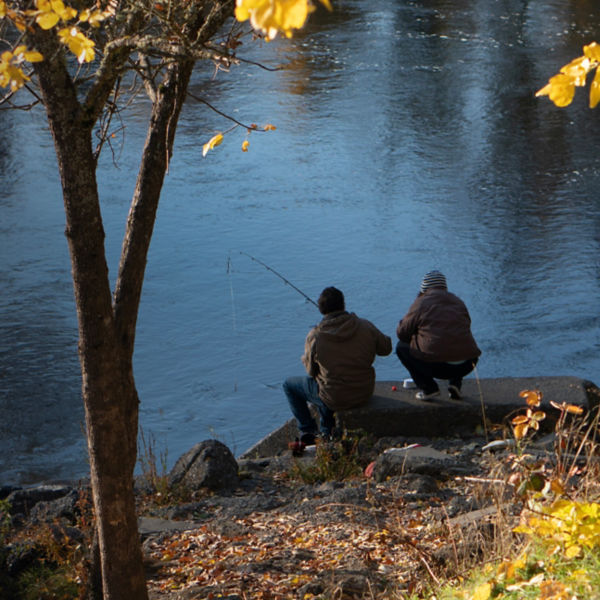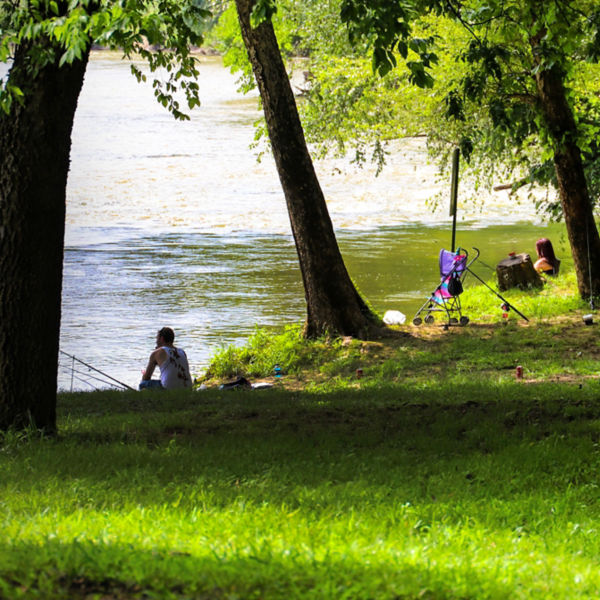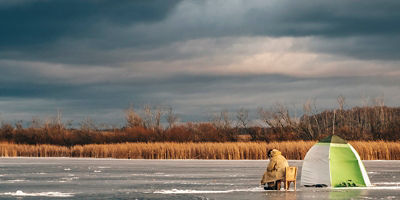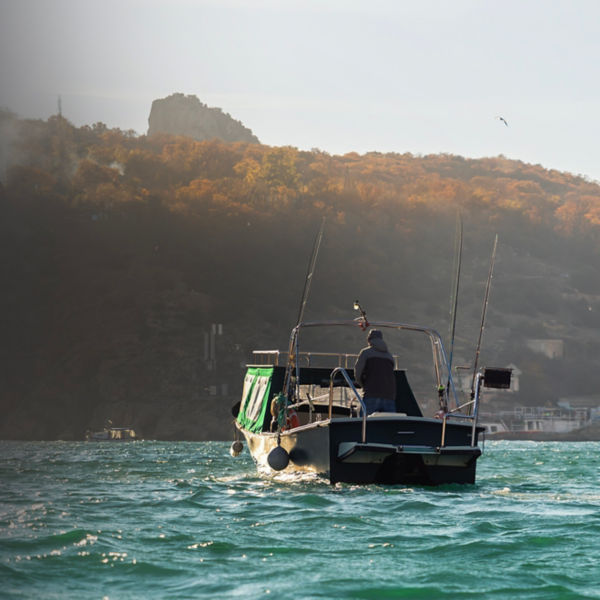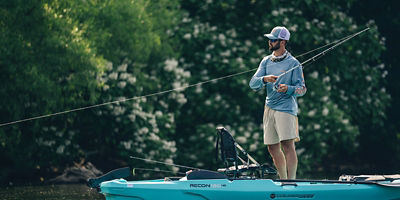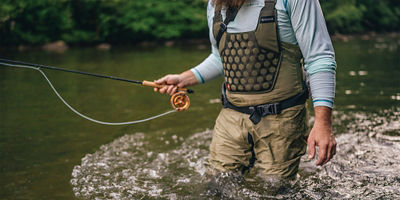
If you’re an angler looking for a new challenge, consider trolling. It’s a technique that uses a vessel, powering forward, to drag fishing lines behind it. Your rods and reels are set in rod holders so you don’t need to hold them individually. Going hands-free provides the ability to fish from multiple rods at the same time—increasing your chances of a catch. A proper trolling setup also allows you to adjust your various rods, applying different lures to fish for different fish at different depths all at the same time.
You can troll behind a boat in salt- or freshwater. And you can even troll behind a fishing kayak equipped with rod holders—though given the need for continuous forward momentum, an electric- or pedal-drive option can work best to keep your hands ready to tend to your rod and reel setups. Trolling also allows you to cover more water, further increasing potential interactions with more fish. The following gear considerations (as well as a few technique tips and tricks listed further below) can best stack your odds for success while trolling.
Rod
As with any type of fishing, having the right rod is essential. Look for a stiff rod in the range of 6.5 to 8 feet for the widest array of success. If you know you’ll be offshore going after larger fish, opt for a heavier rod in the 5 to 7 foot range.
Reel
If you will be trolling in saltwater, be sure that you get corrosion-resistant equipment. Though it’s possible to troll with many different types of baitcasting reels, opt for trolling reel combo that includes a clicker, which makes a distinct sound when a fish strikes and starts pulling line out of your reel.
Line
Since you won’t be able to set the hook, and will instead be relying on the movement of the boat to do so, make sure that you’re using a braided or metal line. Monofilament will stretch and be less likely to set a hook than stiffer braided or metal lines. Make sure you’re using a durable line with high tensile strength so that it can handle the size of fish likely to grab onto your line.
Lures
Use the appropriate lure for the type of fish you’re targeting. You’ll have better luck if you use a dynamic lure, like something with a paddle tail rather than a straight tail. Behind a boat, these more dynamic lures will move better than more static lures that rely on an angler’s manipulations to catch the eye of a fish.
Rod Holder
You won't get the benefits of trolling if you are holding your rod and reel in your hand. Be sure to get rod holders so that you can deploy multiple lines at the same time. Mount these behind and to the side of your boat to spread your lines.
Planer Board
Planer boards attach directly to your line and drag on your line behind your boat. These float on the surface and plane away from the centerline of your boat. This helps you run trolling lines behind your boat without them getting tangled. It’s an easy way to keep multiple lines in the water without hassle.
Fish Finder
A sonar fish finder not only lets you know where the fish are, it also helps you notice the changing bottom of the waterway and if there are any obstacles you need worry about when dragging lines behind you.
Paravane
Paravanes attach directly to your fishing line and drag behind your boat to lower your lures in the water column. These small devices work like an inverted wing and pull lures deeper as the boat speeds up. The faster you go, the deeper the paravane takes your line.









